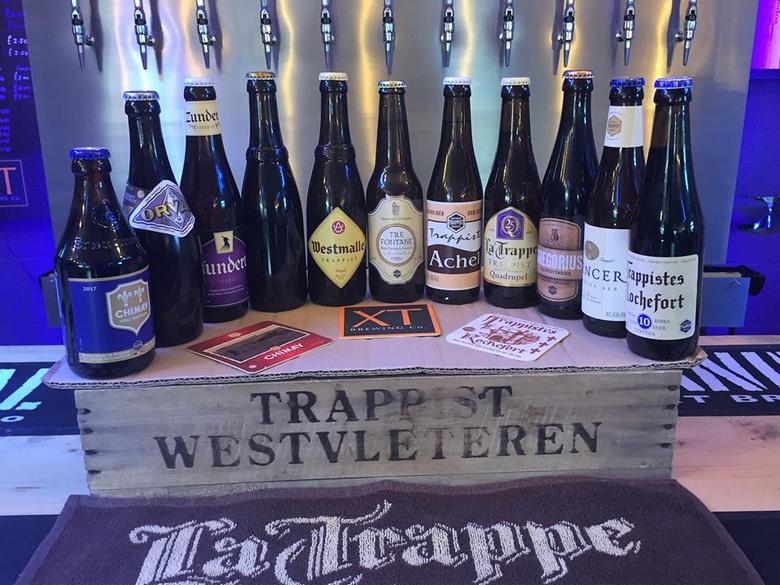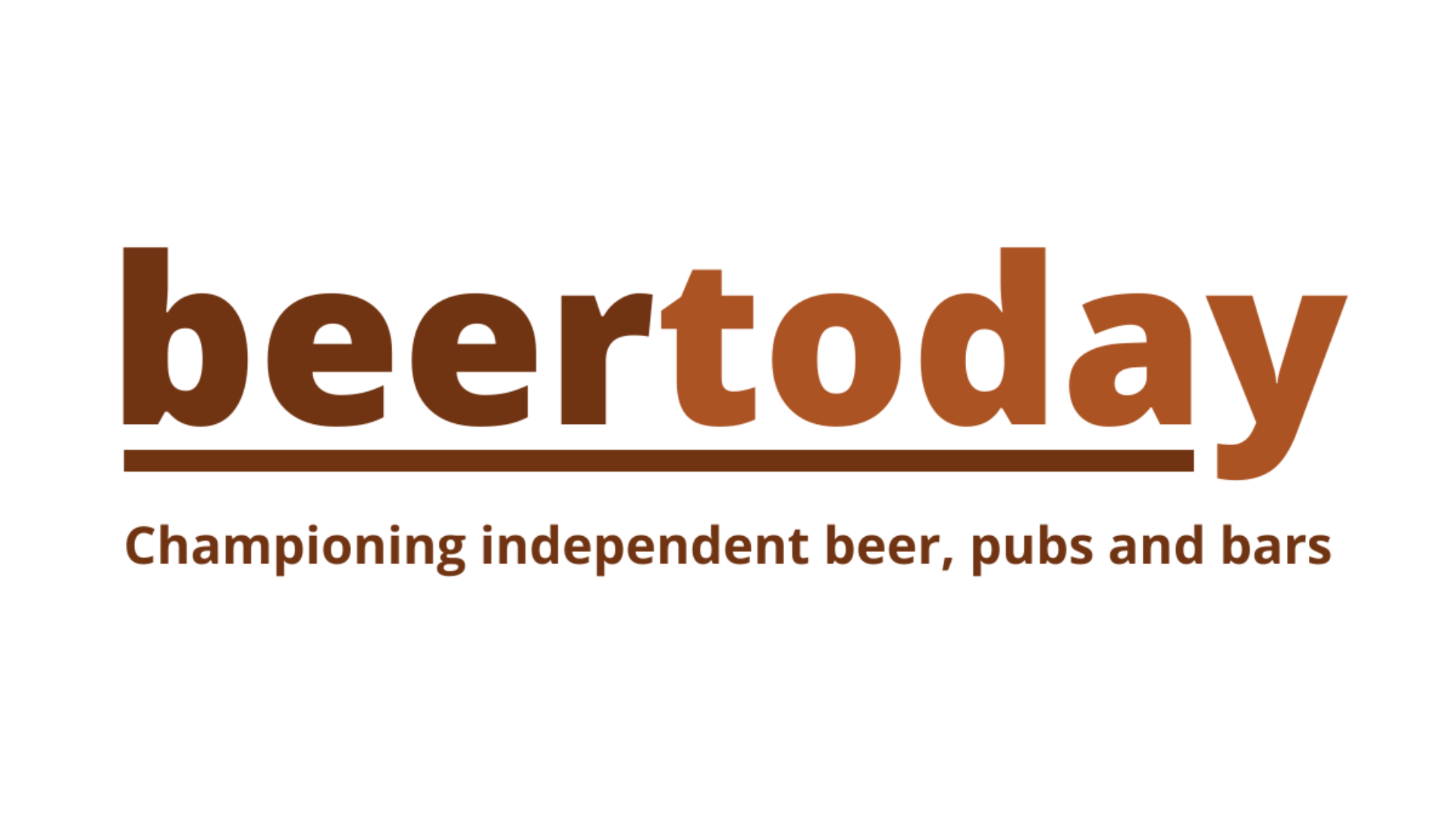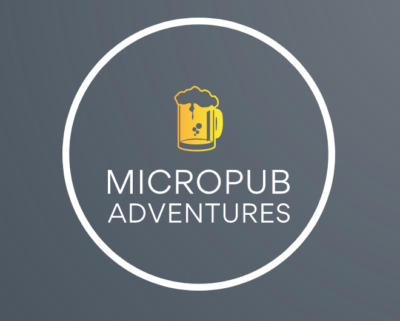XT Brewing, of Long Crendon, Buckinghamshire, held a Trappist beer tasting in its brewery tap last week. The brewery’s Russ Taylor says the event was a great success, and here offers his guide to the monks behind the beers, and the brews themselves…
The monks
Trappist beer is brewed by monks of the Order of Cistercians of the Strict Observance. The order was founded at La Trappe Abbey in Normandy in the 17th century — they broke away from the regular Cistercians for being too soft.
The Cistercians had already broken from the Benedictines as they had preferred more hard work and dedicated worship. So the Trappists like a bit of seriously hard manual labour, idle chit-chat is discouraged, silence is golden. They do, however, like beer.
Trappist beer is more a definition of who can brew it rather than what the beer is like. The beer must be brewed in a Trappist monastery, by monks or under their supervision, and the brewing must be for the upkeep of the monastery and not for profit.
There is legal protection of the designation through the International Trappist Association, and currently only 11 breweries around the world can call themselves Trappist. If you are not up to the mark on these criteria, there are abbey beers — this is a more loose term for breweries with some vague link to a monastery.
There is only one Trappist monastery in England — Mt Saint Bernard, in Leicestershire. They are currently working on building a brewery and hope to be the world’s 12th Trappist brewer. Similarly, in northern Spain, San Pedro monastery is also working towards joining the elite club.
The beers
Although not strictly a definition of beer style, the beers produced by the breweries have similar characteristics. The emphasis is towards estery, fruity flavours from the unique yeast strains. Using warm, top fermentation, the beers are high strength, low on hop impact and utilise specialist malts and candi sugars to give warm, spicy flavours of great complexity.
The beers are mainly packaged as bottle conditioned, which, combined with their higher ABV and malt characteristics, are excellent for long-term keeping. Indeed, many of the beers improve their complexity with months or years of ageing in a cool dark place.
The beer categories have evolved over time and their original meanings have wandered a little, but roughly speaking they are:
Patersbier: table beers, generally only available in the monastery for the monks; low-strength, quaffing beers
Enkel: the ‘single standard beer’ from which the scale grows…
Dubbel: twice the raw materials of the single. Strong, dark and with low bitterness; heavy and fruity flavours (6% to 7%)
Tripel: more ingredients again, stronger and golden (7% to 11%)
Quadrupel: strongest, dark and vinous sipping beers (8% to 12%)
Where numbers are used, these represent Belgian beer degrees — not a university qualification, but an old school take on original gravity, the measure of the density of the beer before fermentation. So, roughly, a Belgian BD 6 = English OG 1060 — it gives an idea on the final ABV and the weightiness of the beer.
Drinking
When you come to enjoy your Trappist beer, glassware is all important, both for the theatre and to enhance the aromas and flavours. Use a goblet chalice style glass — the breweries have their own specific styles, but collecting them all does take up a lot of cupboard space.
The bottled beers will have sediment. It’s personal choice if you wish to drink that, so pour carefully after allowing the sediment to settle.
Now consider that the finest wines are bonkers expensive, but the finest beers in the world are within the budget of everyone!
The breweries
Rochefort, Belgium, established 1595, 18,000 hectolitres per year
6, red cap, brown ale, 7.5% ABV
8, green cap, brown ale, 9.2%
10, blue cap, dark ale, 11.3%
Westmalle, Belgian, 1836, 120,000 hl / yr
Dubel, dark red ale, 7%
Tripel, golden ale, 9.5%
Extra, only available at the monastery, 5%
Westvleteren, Belgium, 1838, 5,000 hl / yr
Blond, green cap, 5.8%
8, blue cap, amber red ale, 8%
12, yellow cap, legendary! 10.2%
Chimay, Belgium, 1863, 120,000 hl / yr
Red, dubbel, 7%
Blue, dark ale, 9%
Tripel, golden, 8%
Gold, golden 4.8%
Orval, Belgium, 1931, 71,000 hl / yr
Orval, brett pale ale, 6.2%
Petite Orval, monks only special, 3.5%
Achel, Belgium, 1998, 5,000 hl / yr
7˚ Blond, only available at the abbey, golden, 7%
7˚ Bruin, only available at the abbey, brown ale, 7%
8˚ Blond, golden, 8%
8˚ Bruin, brown ale, 8%
Extra Blond, special, 9.5%
Extra Bruin, special 9%
La Trappe, Netherlands, 1884, 145,000 hl / yr
Blond, golden yellow, 6.5%
Dubbel, dark brown ale, 7%
Isis’or, Jubilee ale, amber, 7.5%
Tripel, golden blonde, 8%
Quadrupel, heavy, amber special, 10%
Witte Trappist, hazy wheat beer, 5.5%
Bockbier, chestnut bock beer, 7%
Puur, organic blonde ale, 4.7%
Stift Engelszell, Austria, 2012, 2,000 hl / yr
Benno, golden red, 7%
Gregorius, dark ale, 9.7%
Nivard, golden, 5.5%
Spencer, USA, 2013, 5,000 hl / yr
Trappist Ale, pale 6.5%
Holiday Ale, dark, 9%
Monks Reserve, bBlack 10.2%
Imperial Stout, dark 8.7%
IPA, golden, 7.2%
Feierabendbire, golden, 4.7%
Lager, pale golden, 7.5%
Zundert, Netherlands, 2013, 5,000 hl / yr
Trappist, brown ale, 8%
Tre Fontane, Italian, 2014, 2,000 hl / yr
Tripel, blonde, 8.5%



